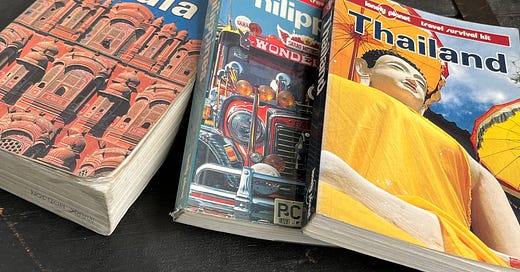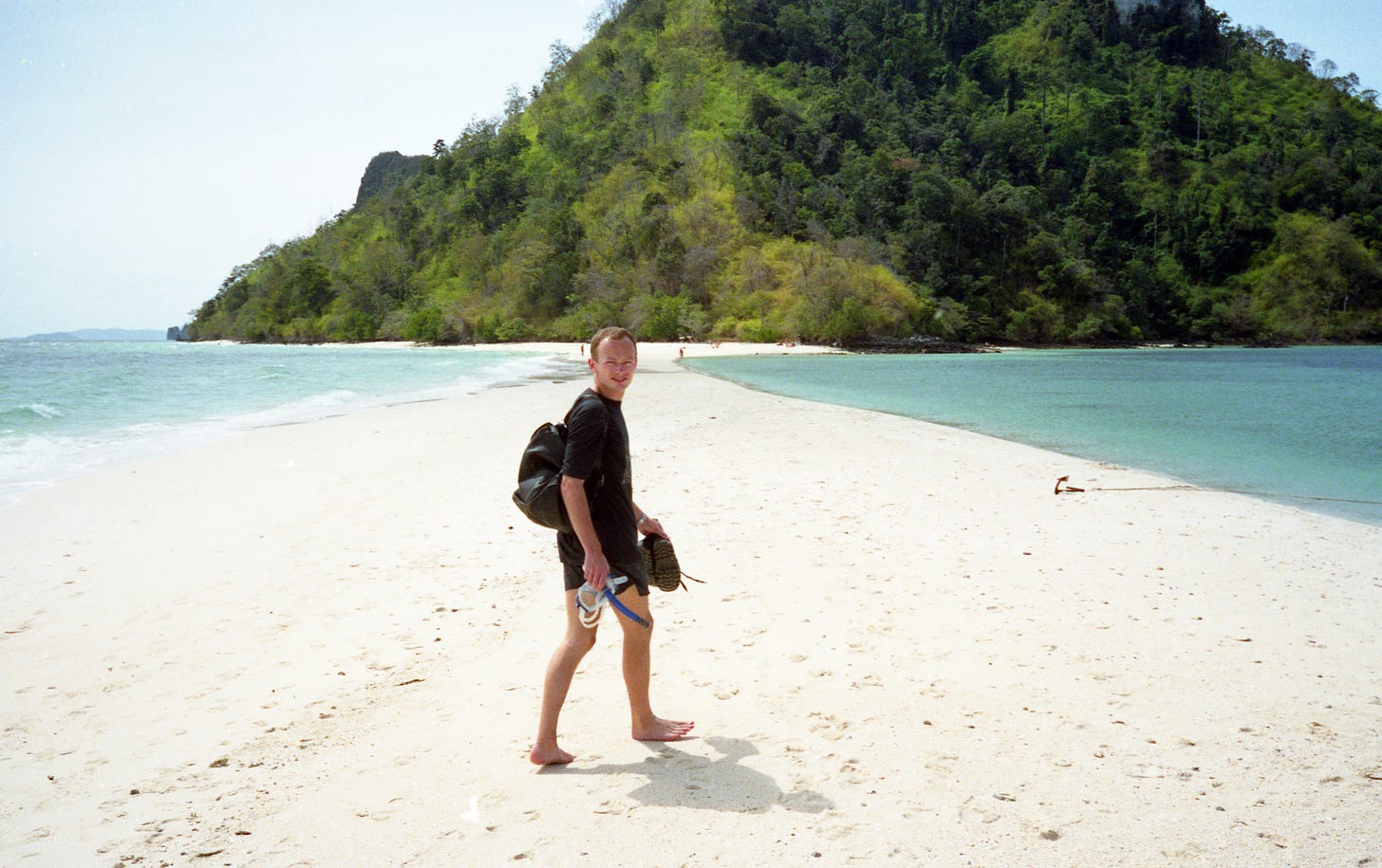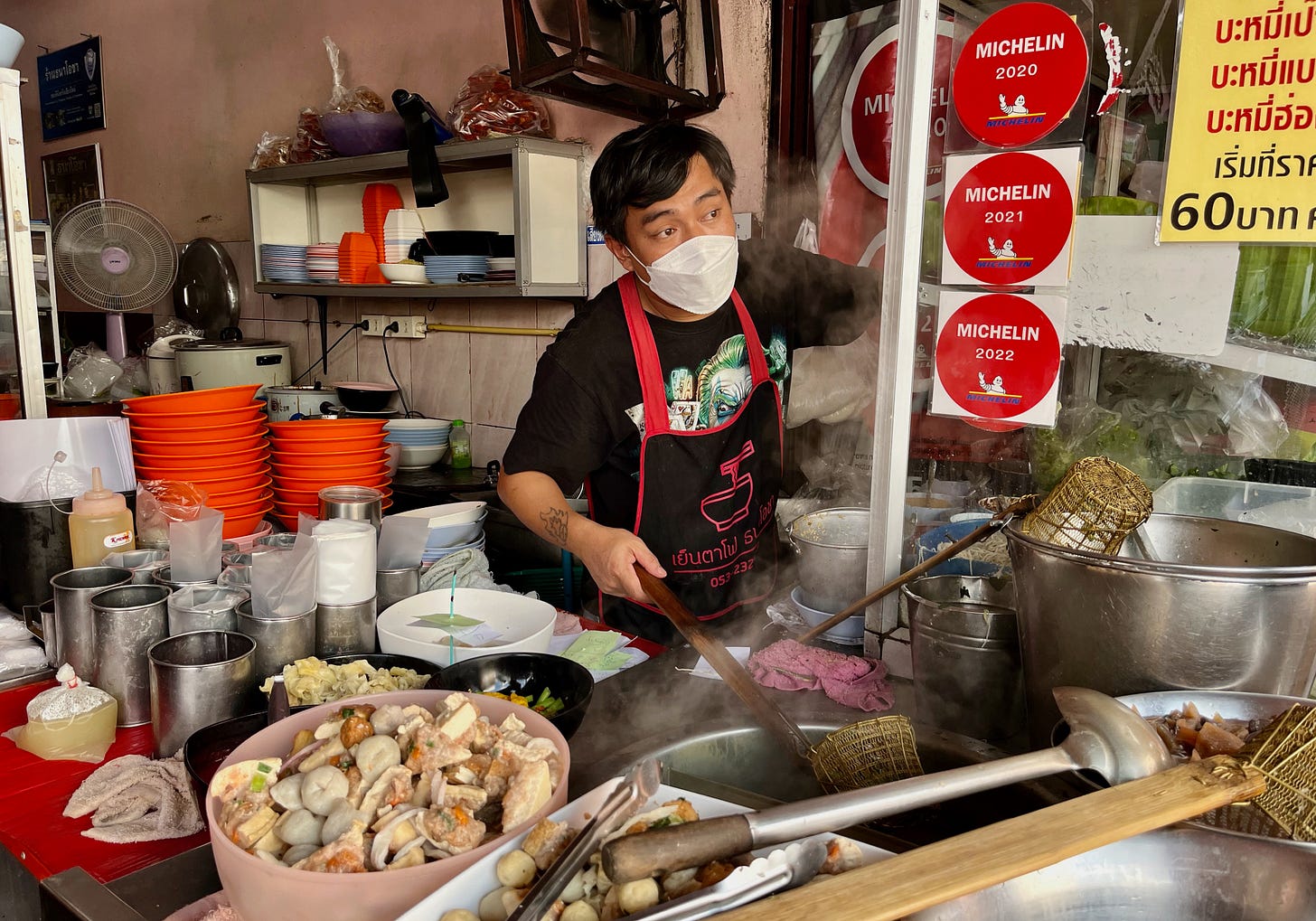Welcome to midlife, Lonely Planet
As the iconic publisher marks its 50th birthday, it's trying hard to stay relevant. Where to now?
Lonely Planet celebrates its 50th birthday this year. Like me, it has found itself alarmingly and undeniably middle-aged.
The origin story of Lonely Planet is well known by now, Tony and Maureen Wheeler scribbling away on their kitchen table to write a pamphlet on how to bounce around Asia on a shoestring. LP was a true pioneer, laying a trail for thousands of young people to explore the world, fall in love, take unfamiliar drugs and catch amoebic dysentery. I managed to tick off all of the above.
But pioneers become settlers and, eventually, colonial powers. By the time I quit my newspaper job aged 27 to go backpacking - a concept I needed to explain to every single person I knew - it was 1991 and the trail had become, I discovered, well worn. Virtually every traveller I met was clutching a Lonely Planet guide and followed its suggestions dutifully. The tag line across the top of each book read “Travel survival kit” and there was a feeling that if you lost your copy, you’d be lost, both literally and figuratively.
This brought its own problems. Once a guest house or restaurant was mentioned in the book, it had a guaranteed stream of daily arrivals. It could hike its prices, squeeze more backpackers into its dorm rooms and replace grandma’s noodle soup with a mass-produced version. Most people wouldn’t notice, and few cared. That was a time before everyone was a food critic and hotel reviewer - life was much more fun when, rather than posting an incandescent one-star review, you just accepted some things were a bit shit.
The familiar path through Southeast Asia became known as the Banana Pancake Trail, named for the ubiquitous snack found on every street corner across Thailand (fittingly, it too was an import, a muslim dish that came from India via Malaysia, but few of us knew that then, we just wanted something sweet and starchy to soak up the Mekhong and Red Bull).
I still have my copies of those books from the early 90s: Thailand, India and the Philippines. They have real heft - together they weigh considerably more than my MacBook Air - and a fair amount of sentimental value, with my many margin notes in neat pencil.
Life on the road may have been cheap, but the books were not: my 1993 copy of Lonely Planet India (5th edition) cost £14.95 new, equivalent to £48.30 in today’s money (according to the average earnings index). Admittedly, it ran to more than 1,000 pages, but you could buy a lot of masala dosas for that.
Dipping back into those books now is a glimpse into another world. In Thailand, the region of Nan warranted less than a page because the army had only recently succeeded in driving out bandits who would sabotage any attempt to lay paved roads. In Krabi, the occasional junk would sail in from Singapore, “and if you know the right people you can buy tax-free cigarettes and other luxury items while one of these boats is in port”.
In Chiang Mai, the section on Places to Eat begins with a list of travellers cafes where you could “hang out and eat western food and drink fruit smoothies”. Budget travellers could find steak, pizza, ice cream and burgers without looking very hard.
Read on and you’d find a short section on Thai food, including a thumbs up for Thanam Restaurant on Chaiyaphum Road which served local dishes like “khao soi (Burmese chicken curry soup with noodles”. It closed at 8pm, didn’t serve alcohol and - admirably, in my view - refused to serve customers wearing “beach clothes” and “tank tops”.
It’s easy to sneer now at this apparent lack of culinary courage. Today, many khao soi joints in Chiang Mai are TikTok-famous and backpackers will happily queue for a table so they can post a pic on Instagram. Thai food is loved worldwide and everyone’s a self-declared foodie.
That wasn’t the case in 1991. Eating street food in Thailand was a real adventure and not just because of the absence of English-language menus. Some places would simply refuse to serve foreigners, perhaps assuming they’d made a mistake in veering off the well-trodden tourist path.
Today, with Google Maps, TikTok, Facebook and Booking.com, does anyone really need a guide book? It’s an open secret that some guide book writers do a portion of their “research” online. And if they do actually hit the road, attempting to visit every new hotel and guest house, by the time their book finally hits the shelves, the information may be 12-18 months out of date. You could get away with that in the 1990s, but not today.
Covid was the final nail in that coffin. Businesses across Asia shuttered, moved premises or pivoted. When countries reopened to tourists, everything had changed.
In Thailand, the legalisation of cannabis led to thousands of weed shops popping up everywhere from backpacker sois to hi-so shopping malls. But any guidebook writer trying to keep track of all the latest new dispensaries (with witty names like High Got You and Wake N' Bake) would be more confused than a stoner who’s spent an evening on the Gorilla Glue.
What’s more, the new government in Thailand is currently hinting at a reversal of the law: all that legwork might be in vain if those weed shops are forced to close overnight.
The problem of midlife - as I well know, and Lonely Planet has discovered - is not that you’re too decrepit to travel, but that you struggle to remain relevant, or even visible, to young people.
This can be an advantage for a writer. I can sit in a cafe eavesdropping on conversations and nobody under 30 even notices my presence. But it’s not great if you’re an international publisher hoping to sell a gazillion guide books.
As it celebrates its 50th birthday this month with a big party in London’s Waterloo, Lonely Planet has had to adapt. The original books - once dubbed “bibles” by backpackers - have been rebranded as Blue Spine guides. This year’s Thailand edition sells for £17.99, or £8.95 for the digital edition which, coincidentally, is exactly what I paid for my 1990 print copy.
LP also has pocket guides for city breaks and Experience guides that contain a “curated collection of unforgettable experiences” which it says are largely written by locals. More recently, it has published a small collection of coffee table books themed around niche hobbies. A guide to wild swimming spots around the world appears to be an inspired choice. I like the look of Issyk-Kul in Kyrgyzstan.
As for me, I’ll be gratefully knocking back the complimentary wine at Lonely Planet’s 50th birthday party. Then, a week later, I’ll board a flight to Bangkok for a couple of months of travelling, working and slurping noodles. Thailand may have changed a lot in the last 30 years but it’s still one of my absolute favourite places in this endlessly fascinating, precious world.







Good piece. I reckon tho the need for service writing--be it in a guidebook format or online in whatever format--more needed than ever. Not sure LP’s new format got it right, but definitely moving in the right direction.
I appreciate your optimism in this ever-changing world. Thanks for sharing!